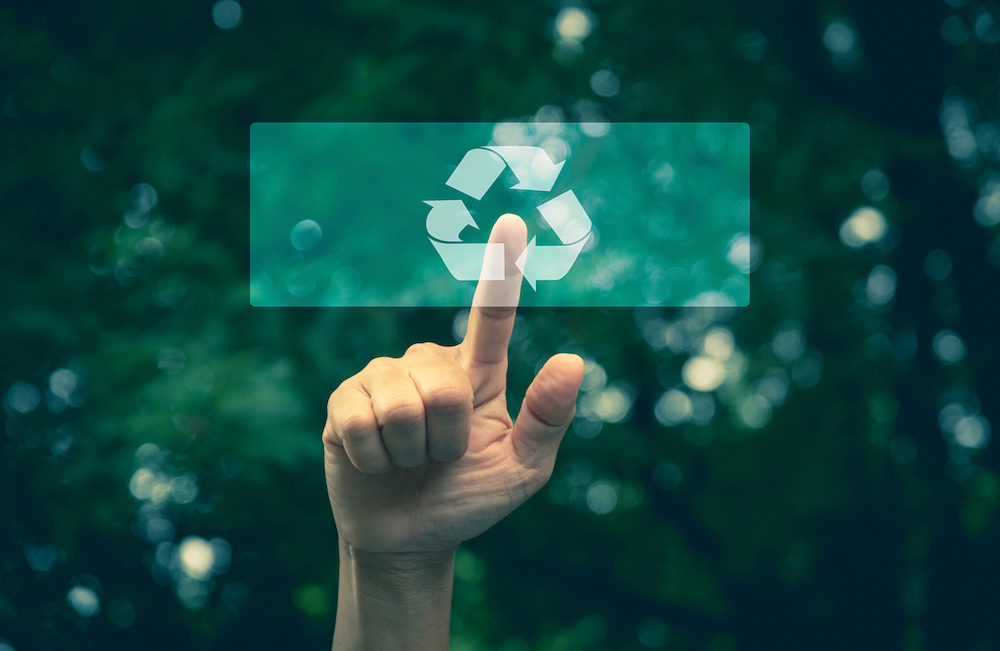
“One man’s trash is another’s man’s treasure.” The phrase is typically used as a metaphor, but recently a man convinced investors across the globe that he could do just that – transform trash into marketable products and fuel. Ronald Van Den Heuval claimed his project could process otherwise non-recyclable waste products and turn them into synthetic fuel and consumer products. Paper fast food waste was specifically targeted as usable material for the conversion. Another common phrase also applies here – “If something sounds too good to be true, it probably is.”
Green Box
Before discussing how the project went wrong, we should first establish what it purported to accomplish. Van Den Hueval claimed that by utilizing the Green Box process, food-contaminated waste could be 100% reclaimed. He claimed items like fast food wrappers and paper used in cafeterias and concessions could be transformed into recycled paper products. He also claimed to be able to process old tires into fuel pellets to be converted into synthetic gas, electricity, and biodiesel fuel. To top it off, he claimed that the facility would have no wastewater or landfill deposits.
An EB-5 Project and a Mechanics Lien, to Boot
Van Den Hueval did not deliver as promised. He lied about business relationships, claimed he had secured tax exempt bonding (he had not), and lied about big-ticket equipment purchases. In fact, Van De Hueval used investment money on $44,000 worth of Green Bay Packers tickets and a new Escalade, among other purchases. Altogether, almost $4M of the $9M invested was diverted for other uses.
About half of the funding was obtained through the controversial EB-5 program. Essentially, the EB-5 program allows foreign investors to acquire U.S. green cards if they invest large amounts of money in qualified construction projects. If you’re interested, check out our overview on the EB-5 program or this post about how they can go horribly wrong.
The tax exempt bonds he claimed? Those were denied after a background check flagged 15 potential issues, including 5 tax liens and a mechanics lien. The Michigan Economic Development Corporation told him that there was basically no way to move forward due to the issues. Van Den Heuval told his investors that the funding was on track.
Capital News Service has the full story.
What Now?
Back in the spring, Green Box filed for bankruptcy and Van Den Huevel resigned. He didn’t get off that easy, though. Van Den Hueval was indicted for 14 counts of wire fraud and money laundering. In an unrelated suit, he also plead guilty to conspiracy to commit bank fraud.
For those who invested through the EB-5 program, things look pretty bleak. It does not look like they’ll get their money back, and despite their hefty investment (that $4.5M was split among only 9 investors), they’ll likely be left empty handed. Say what you will about the EB-5 program, but it’s hard not to feel sympathetic for those investors who thought they were on their way to receiving green cards.
You can read the complaint here.
Takeaway
Stories like this are frustrating. Construction payment has plenty of warts, but there are some creative solutions that, on paper, benefit a lot of people. However, scams and lack of follow-through give these alternative methods, like EB-5 projects and P3 projects, a bad rap. The same goes for green building – this is hardly the only story where green building efforts were clouded by questionable actors (check out this post on the California PACE program). If we’re going to reach construction payment utopia, instances like this will have to be prevented.
Check out our Construction Payment Resources for more information on your state’s construction payment laws.



